Hello From NE5DX.
A Few Examples of
Of Various ID Tags.
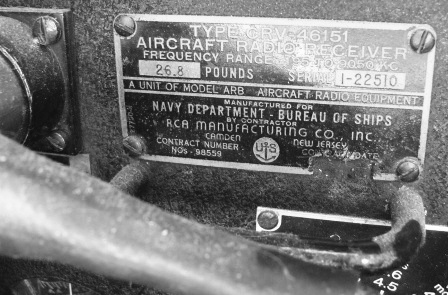
ARB Receiver
-----
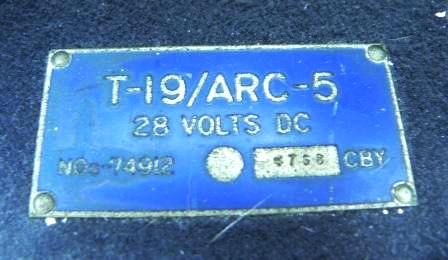
This belongs to one of the most
famoust lines of equipment,
T-19/ARC-5
-----
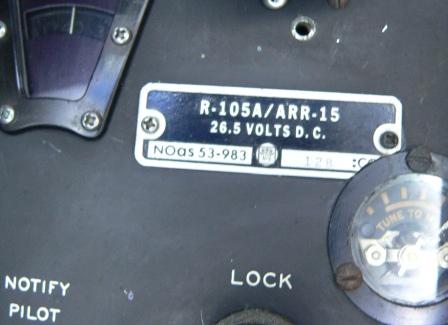
A Collins R-105A/ARR-5 HF receiver.
-----
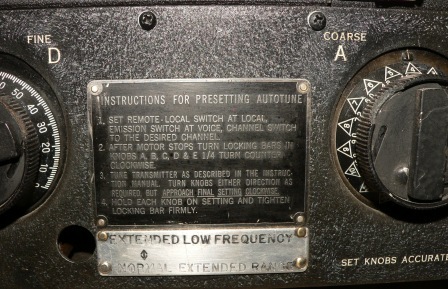
An "instruction" tag found on
the front panel of an ART-13
transmitter.
-----
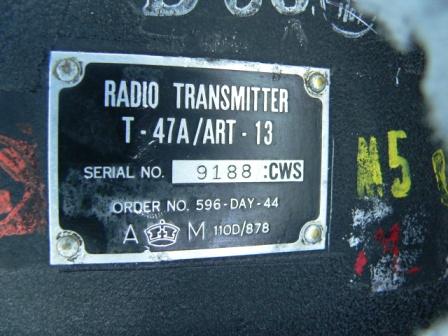
The ID tag of a typical T-47/ART-13.
-----
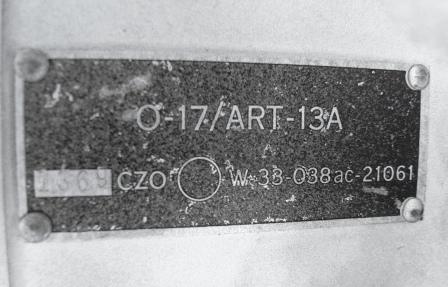
This is the ID tag from a low
frequency unit for an ART-13
transmitter.
-----
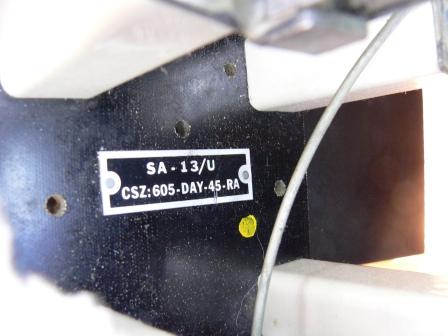
Here's the ID tag on an antenna
changeover switch used airborn
with the ART-13
transmitter in the B-29 bomber.
-----
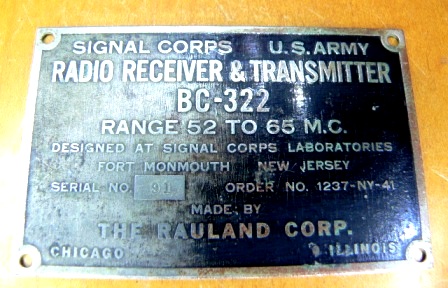
Taken from an early "portable"
VHF transceiver designed by
the Army for their own use.
-----
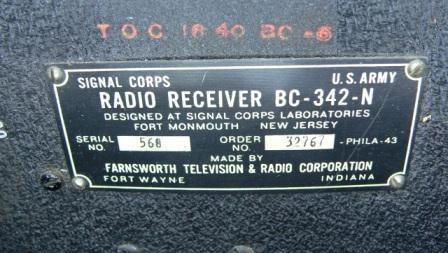
The BC-342-N was another
Signal Corps design.
-----
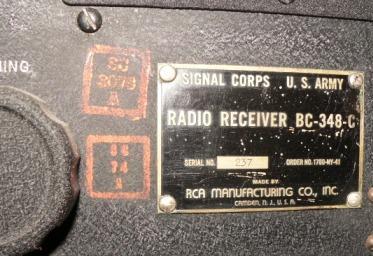
An early BC-348 ID tag
found on a "C" model
with a low serial number.
-----
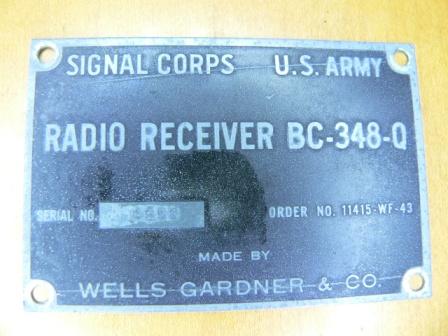
A well-worn BC-348-Q ID tag.
-----
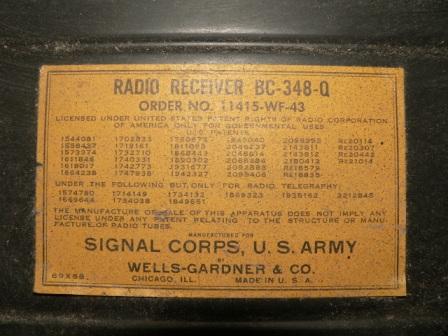
This is a nice example of
the cabinet tag found on
the inside back panel of
a BC-348-Q.
-----
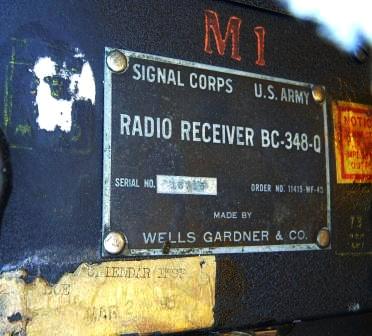
Another BC-348-Q. Oddly
this one also has a paper
"reminder" tag identifying
the next scheduled inspection,
due March 2, 1957.
-----
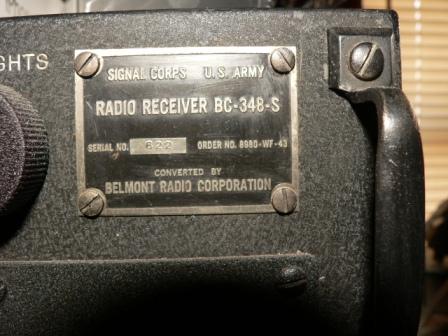
This is the "upper" ID tag
changing a BC-348-C to a BC-348-S
model. The"C" model was engineered
less one band and the others spread
out a bit differently. The next ("E")
model has the extra "low" band
added. The "S" model was a
"C" model that was reworked for
the US Army by Belmont Radio
to include "all" bands. Not too
many of these left around.
-----
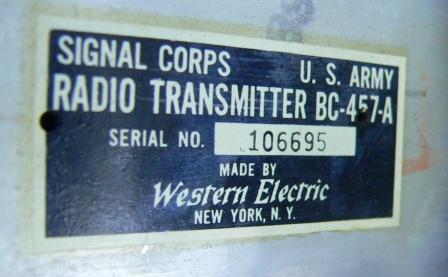
A screen driven cousin of the ARC-5 transmitter, the BC457-A is designed for 4 to 5.3mhz.
-----
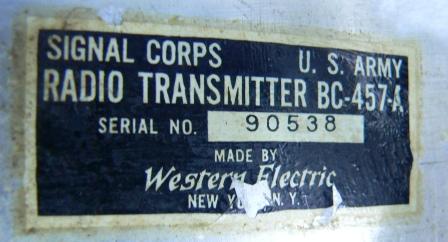
Another one, just a tad newer.
-----
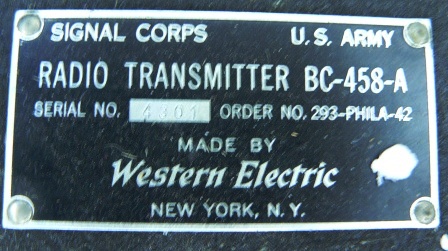
Here's a plate modulated Army
transmitter, the BC-458-A. Another
cousin to the ARC-5. It's
range is 5.3 to 7mhz.
-----
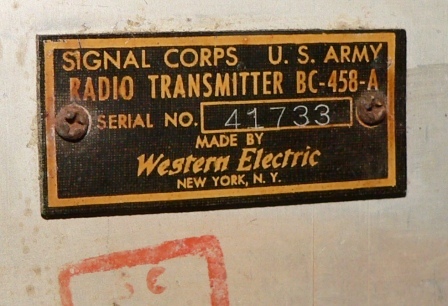
Another BC-458-A, this one has
a plastic ID tag assembled with screws.
-----
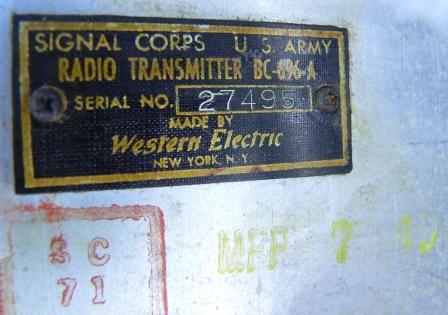
Another family member,
the BC-696-A. This is a screen
modulated model that covers
80M, 3 to 4mhz.
-----
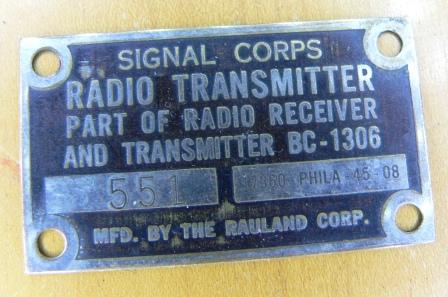
A BC-1306 or part of an SCR-694
set. It's related to the famous GRC-9.
-----
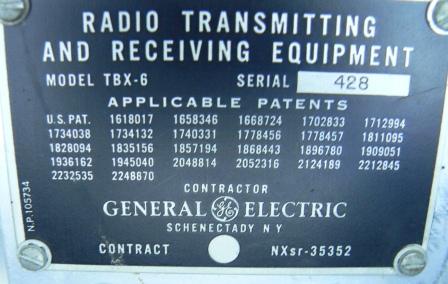
This is the ID tag from one of the famous
TXB series transceivers. This one a
"6" model. These were (are) a portable
HF system consisting of 4 components.
Took 4 Marines to carry them
in the Pacific theatre. It was also
used by the Navaho Wind Talkers.
-----
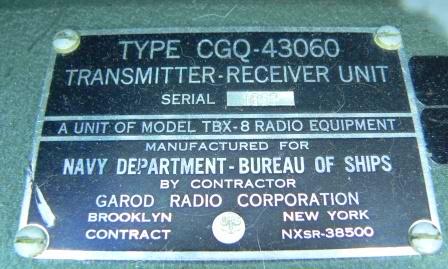
This is the last of the TBX
series. This tag is from the
"8" model which was somewhat
different from the others in
the series. Also a Navy
(Marine Corps) unit.
-----
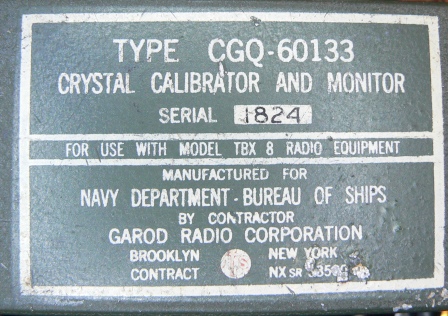
A battery operated crystal
calibrator for the TBX-8 HF transceiver.
-----
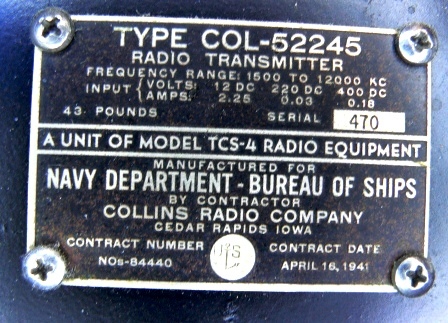
The ID tag from a Collins TCS-4
Navy transmitter. These were used
throughout the Navy from P.T.
Boats to Destroyers (or anything else
that would float). It
saw long service after the war in
the fishing industry.
-----
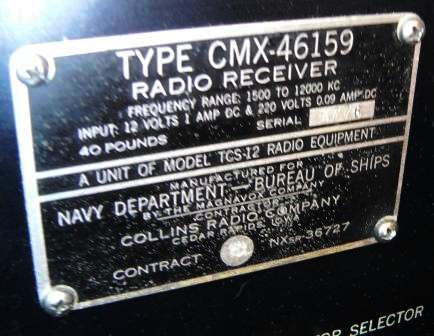
A Collins TBS-12 receiver's ID tag.
A stainless steel cabinet and cast
aluminim frame made it tough.
-----
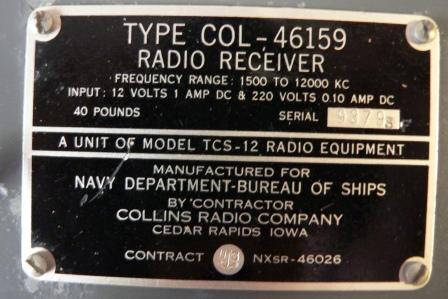
A grey cabinet version of the same
Collins receiver.
-----
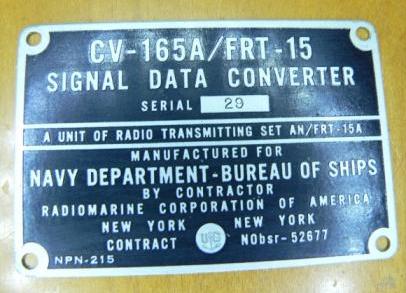
Self expanitory.
-----

Not sure of this one. Non-military.
-----
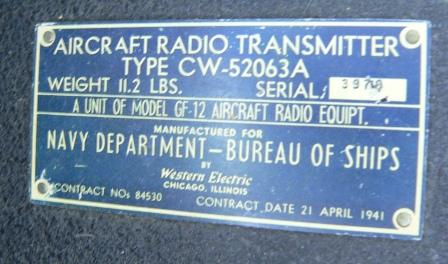
This tag is from any early
Navy transmitter. An even earlier version
was used as a backup by Emelia Earhart
on her last flight, according to some.
-----

A tag from a part of the interphone
system used by the Army Air Corps.
-----
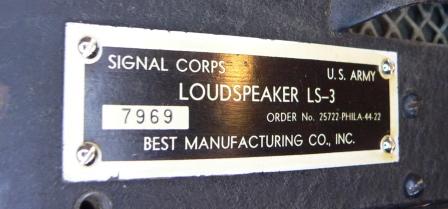
The famous LS-3 speaker.
It's 15 lbs of strong..
-----
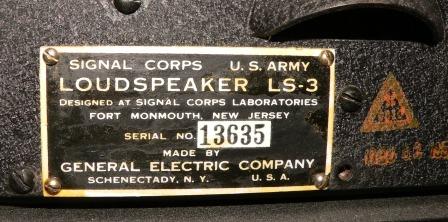
Yet another LS-3 tag.
-----
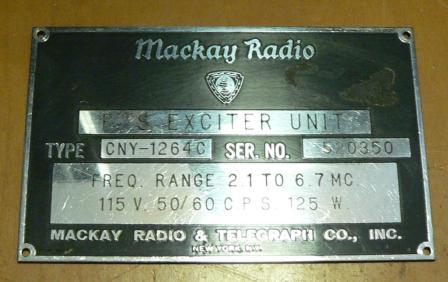
Another ID tag from the past.
On old Mackay exciter.
-----

This ID tag is from a WWI era
piece of Signal Corps
test equipment.
-----
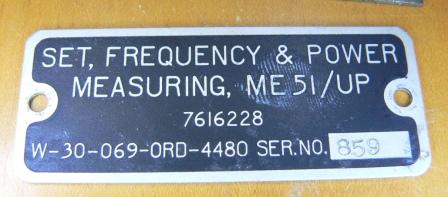
Another old military ID tag.
----
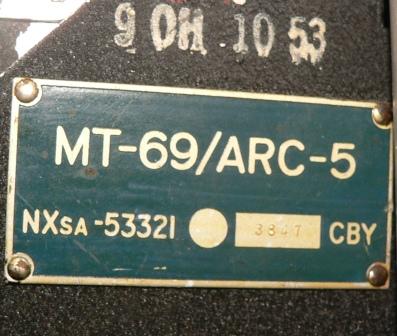
This ID tag is from an ARC-5
transmitter rack. Looks
like Korean war era.
-----

A rack mount 28vdc power supply.
-----
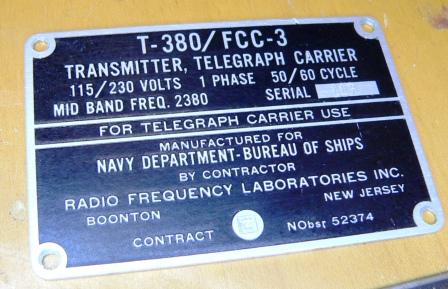
Self explanitory. Navy
CW transmitter.
-----
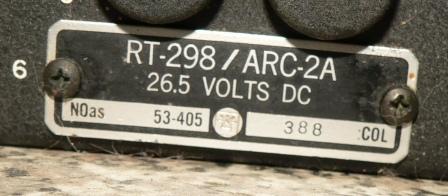
This tag is from a Collins
RT-298/ARC-2A HF transceiver.
They were used up into the 1960's,
mainly in the big, longrange
aircraft.
-----

A speaker, microphone remote
unit. This tag is from a TCS-7
version, also made by Collins.
-----
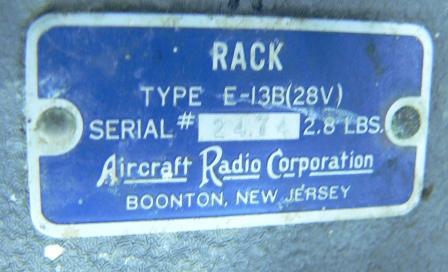
A rack mount just after the ARC-5 era.
-----
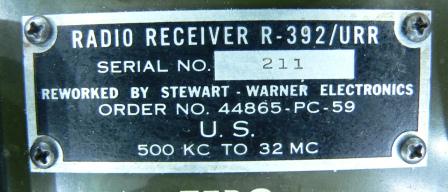
This ID tag is from a very early
Collins R-392 which is from the
first production year 1951.
It was sent to Stewart-Warner
Electronics for repairs in 1952
and was re-tagged.
-----
l
|
|